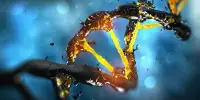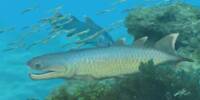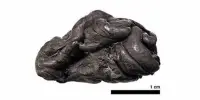According to a study by Christopher Doropoulos and George Roff from CSIRO Oceans & Atmosphere in Australia that will be published on December 6, 2022 in the open access journal PLOS Biology, coral larvae can be visually tracked as they move around and settle in coral reefs using a new, inexpensive staining technique.
Due to their capacity to create reefs that in turn serve as home for several other marine organisms, corals are marine invertebrates of significant conservation importance. However, they are threatened by climate change, pollution, and other human activities. It is difficult to follow their movements since they can produce millions of minute larvae that disperse up to 100 kilometers and settle on the seafloor.
Nearly 3000 coral larvae from two species (Acropora spathulata and Platygyra daedalea) of lab-raised corals were collected by the researchers to test a novel approach for tracking coral larvae. The larvae were then treated with one of four colored dyes at various doses. Two dyes, neutral red and Nile blue, were discovered to successfully stain coral larvae while having little to no effect on their survival and colonization.
We have developed a novel method for colouring large numbers of coral larvae (millions to billions). Our method allows for immediate differentiation and visual tracking of coral larvae from dispersal to settlement, and will facilitate a wide range of de novo studies of larval behaviour and ecology.
Christopher Doropoulos
In the lab, these two dyes successfully dyed 98% of the larvae of four additional coral species. They collected eggs from natural spawning corals on the Great Barrier Reef, cultivated them in larval pools in the Lizard Island lagoon, and stained 10,000 larvae with Nile blue dye to test the new technique in the real world. On tiles positioned in the lagoon, they found stained larvae that had successfully settled there.
Researchers can analyze dispersion in numerous coral larvae quickly, easily, and non-toxicly using the staining method. It is also low-cost, allowing 100,000 larvae to be stained for around 1 US Dollar.
The different color dyes could be used to differentiate between groups or species, making the method applicable to conservation planning, behavioral ecology, and reef restoration experiments in both laboratory and field studies, the authors say.
Doropoulos adds, “We have developed a novel method for colouring large numbers of coral larvae (millions to billions). Our method allows for immediate differentiation and visual tracking of coral larvae from dispersal to settlement, and will facilitate a wide range of de novo studies of larval behaviour and ecology.”















